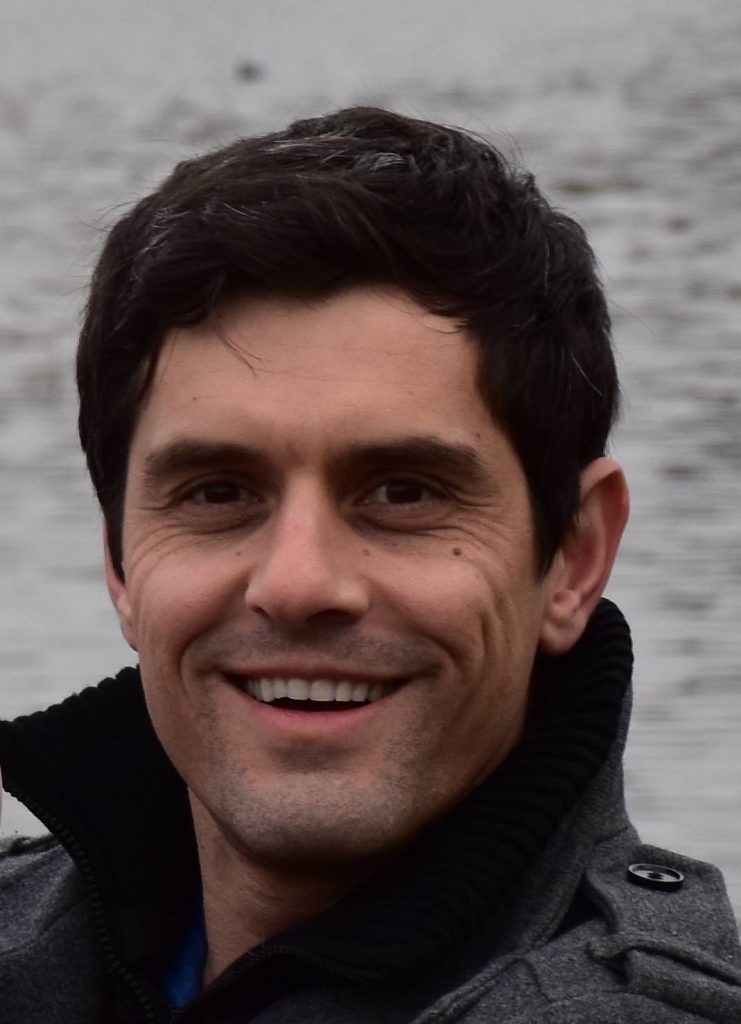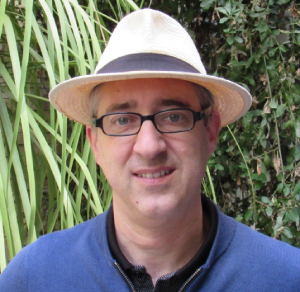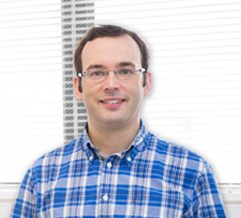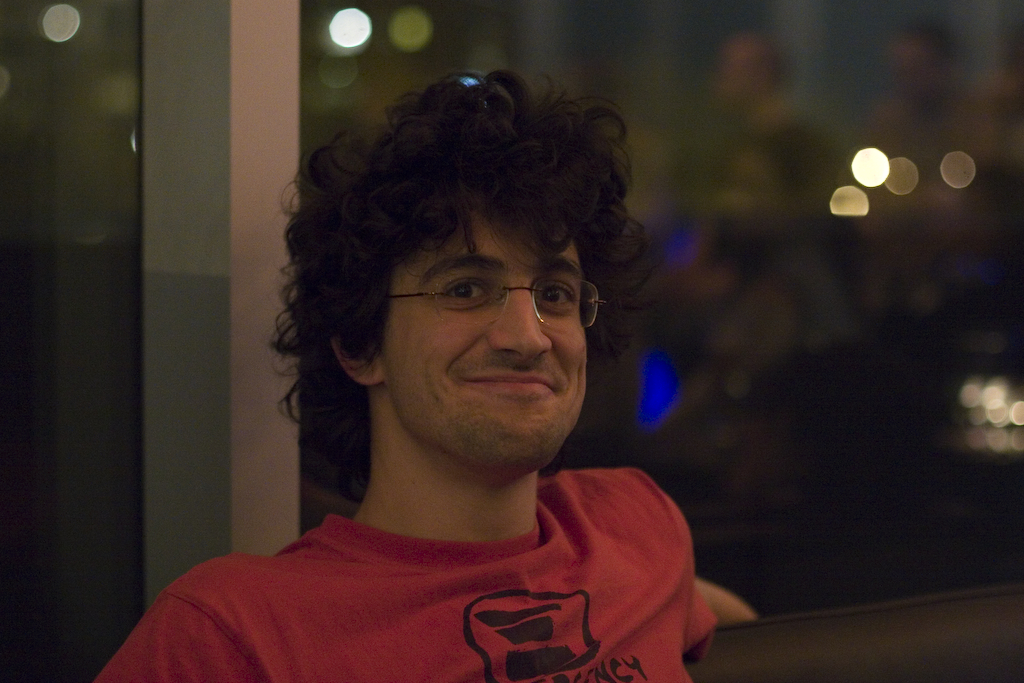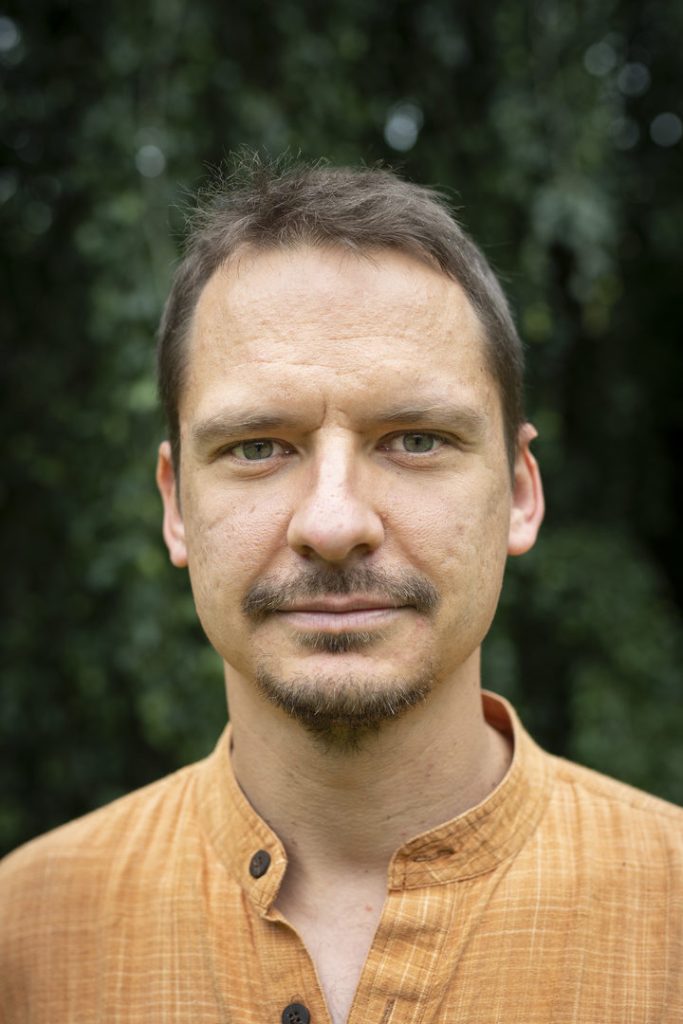A number of quantum devices are bidirectional, meaning that exchanging their inputs with their outputs yields valid quantum processes. Bidirectional devices, such as half-wave plates and quarter-wave plates in quantum optics, can be used in a forward mode and a backward mode, corresponding to two opposite choices of the input-output direction. They can also be used in a coherent superposition of the forward and backward modes, giving rise to new operations in which the input-output direction is subject to quantum indefiniteness. In this work we explore the potential of input-output indefiniteness for the transfer of classical and quantum information through noisy channels. We first formulate a model of quantum communication with indefinite input-output direction. Then, we show that the ability to coherently control the input-output direction yields advantages over standard communication protocols in which the input-output direction is fixed. These advantages range from a general reduction of noise in bidirectional processes, to heralded noiseless communication, and, in some special cases, to a complete noise removal. The noise reduction due to input-output indefiniteness can be experimentally demonstrated with current photonic technologies, providing a way to investigate the operational consequences of exotic scenarios characterised by coherent quantum superpositions of forward-time and backward-time evolutions.
